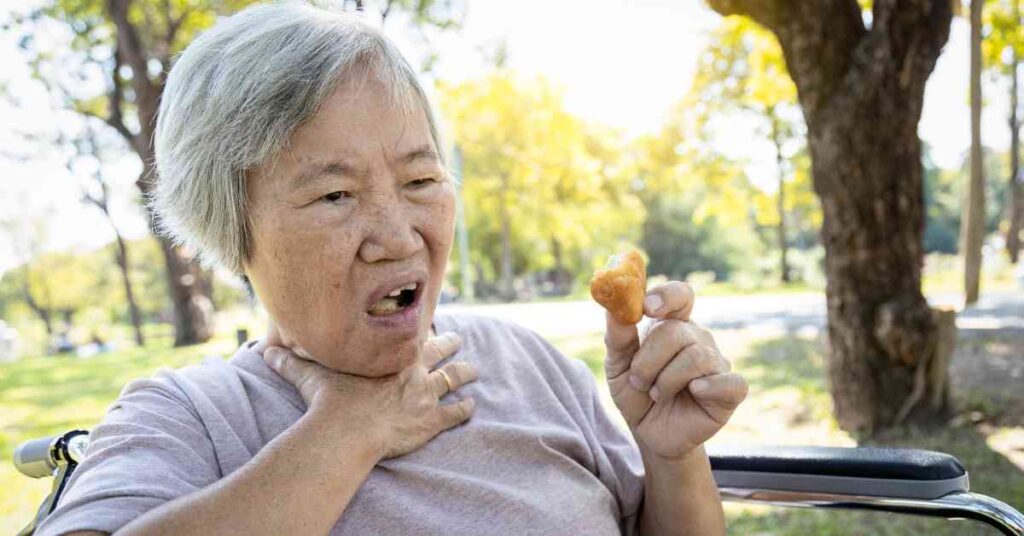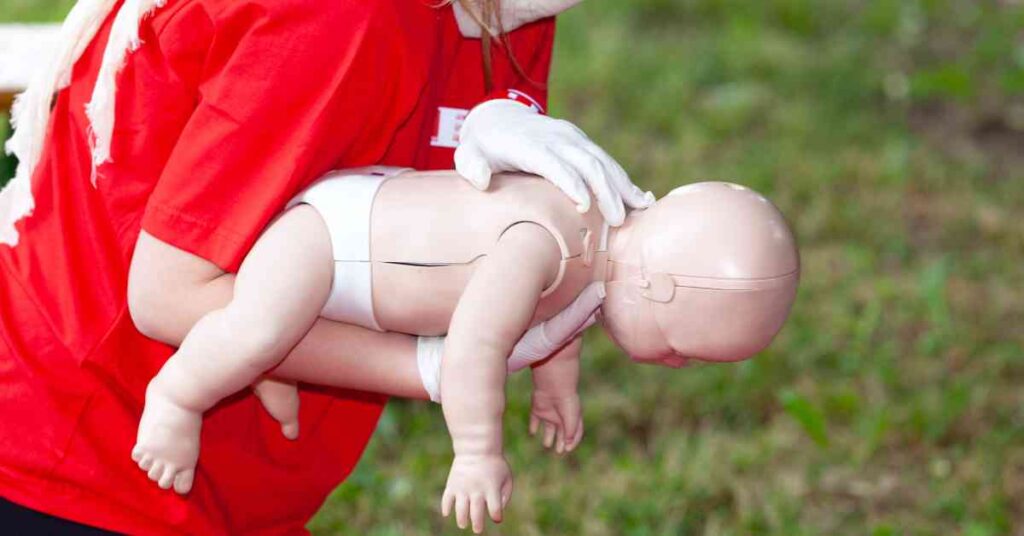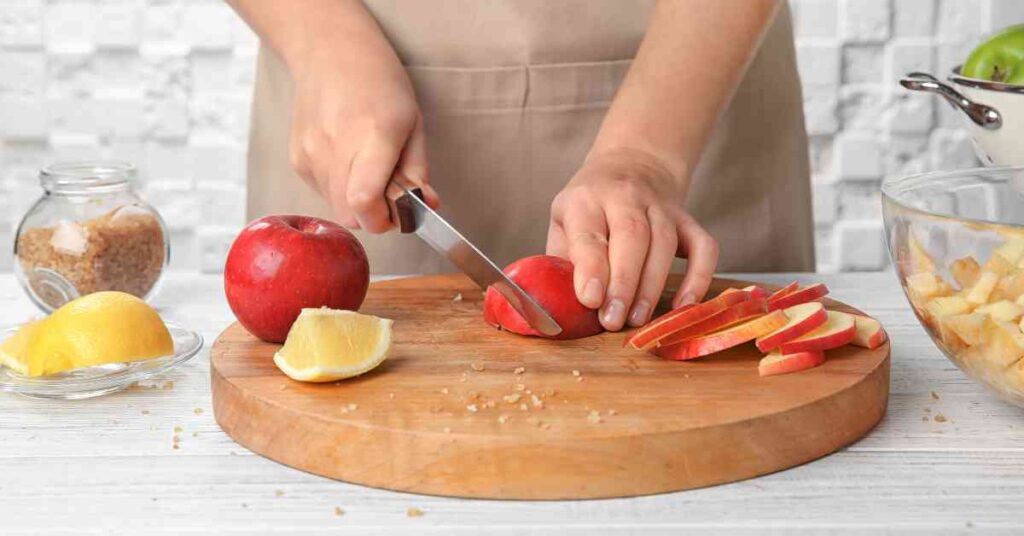Choking First Aid: How to Help Children and Adults

magine you’re having dinner, and suddenly someone starts choking. They can’t breathe, their face turns red, and they look terrified. Choking is a scary experience, but knowing what to do can help you save their life. Choking happens when something blocks the airway, stopping air from getting to the lungs. It could be food, a piece of candy, or even a small toy. Acting fast is crucial, and by following some simple steps, you can help clear their airway. This guide will show you how to help both children and adults who are choking, so you’ll know exactly what to do.
What is Choking?
Choking occurs when an object blocks a person’s throat or windpipe, making it hard or impossible for them to breathe. They might make gasping sounds, cough weakly, or not make any sound at all. If they can’t cough forcefully, speak, or breathe, they need immediate help. Without oxygen, the brain and body can’t function, so every second counts. Knowing the signs and how to act can make all the difference.
How to Recognise Choking Signs

Recognising the signs of choking can help you respond quickly. Here’s what to look for:
- Difficulty Breathing or Speaking: They can’t talk or take a deep breath.
- Weak Coughing or Gagging Sounds: They might try to cough but can’t do it strongly.
- Hands at the Throat: Many people instinctively put their hands on their throat when they’re choking.
- Face Turning Red or Blue: A lack of oxygen can make their skin change colour.
- Loss of Consciousness: If the blockage isn’t cleared, they may pass out.
Steps to Help Adults and Children Over 1 Year Old

If an adult or child (over one year old) is choking, here’s what to do:
1. Stay Calm and Ask If They Need Help
- Ask If They’re Choking: A simple “Are you choking?” can help you assess if they need assistance.
- Encourage Coughing if Possible: If they can still cough a little, encourage them to keep trying, as it may help clear the airway.
2. Give 5 Back Blows
- Position Yourself Correctly: Stand slightly to the side and behind the person.
- Lean Them Forward Slightly: Support their chest with one hand, and lean them forward so the object can fall out.
- Deliver Firm Blows to the Back: With the heel of your other hand, hit them firmly between the shoulder blades up to 5 times. Each blow should be sharp and firm.
3. If That Doesn’t Work, Try Abdominal Thrusts (Heimlich Maneuver)
If back blows don’t clear the airway, you can try abdominal thrusts:
- Stand Behind Them and Wrap Your Arms Around Their Waist: Make sure your arms are positioned securely.
- Make a Fist and Place It Above Their Belly Button: Your thumb should be facing inward.
- Pull Inward and Upward: Grasp your fist with your other hand and perform 5 quick, inward and upward thrusts to help dislodge the object.
Repeat Steps if Necessary: If the object is still stuck, alternate between 5 back blows and 5 abdominal thrusts until it’s dislodged or help arrives.
How to Help Infants (Under 1 Year Old)
Babies are small and fragile, so the steps to help them if they’re choking are different:

1. Position the Baby Face Down
- Support the Baby’s Head and Neck: Lay the baby face down along your forearm, with their head supported and lower than their chest.
- Rest Your Arm on Your Lap for Stability: This helps keep the baby safe and supported.
2. Give 5 Gentle Back Blows
- Use the Heel of Your Hand: Give up to 5 gentle but firm back blows between the baby’s shoulder blades.
- Check if the Object is Out: Look after each blow to see if the object has come out.
3. If Back Blows Don’t Work, Try Chest Thrusts
If the back blows don’t work, turn the baby over and try chest thrusts:
- Use Two Fingers for Chest Thrusts: Place two fingers just below the nipple line on the centre of the chest.
- Push Down About 1.5 Inches: Give 5 quick, gentle chest thrusts, pushing down and allowing the chest to return to normal between each thrust.
Repeat Steps if Necessary: Continue alternating between 5 back blows and 5 chest thrusts until the object is removed or help arrives.
What to Do After the Object is Removed
Once the choking is resolved, it’s important to check on the person’s breathing and ensure they’re okay. Even if they seem fine, it’s a good idea for them to see a doctor, as choking can sometimes cause injuries inside the throat or chest that aren’t immediately visible.

Tips to Prevent Choking
While it’s important to know how to respond to choking, preventing it from happening is even better. Here are some tips to help reduce the risk:
- For Children:
- Cut Food into Small Pieces: Foods like grapes, hot dogs, and hard fruits should be cut up to prevent choking.
- Keep Small Objects Away: Avoid letting young children play with small toys, coins, or other objects they might put in their mouths.
- Supervise Meal Times: Make sure children are sitting down while eating and not running around with food.
- For Adults:
- Chew Food Slowly: Take time to chew thoroughly before swallowing.
- Avoid Talking or Laughing While Eating: This can cause food to go down the wrong way.
- Be Careful with Alcohol: Drinking can slow down your reaction times and increase choking risks.
Want more? We’ve got you covered…
Our Baby First Aid Courses
Our baby first aid courses are available in person in your home and online. We run classes in your home with groups of 2, 4 or up to 10 in Sydney & Melbourne and you can book in 3 easy steps!
- Pick your class
- Follow the prompts to purchase
- We will contact you within 24 hours to lock in your date of choice
Our First Aid Certificate Courses
We run most of the popular first aid courses Australia wide. HLTAID011 Provide First Aid, HLTAID009 Provide CPR, HLTAID012 Provide First Aid in an Education & Care Setting, RAMOAP (anaphylaxis), Mental Health first aid and CPR/LVR to name a few.
Book your public spot online or contact us if you have a group of 5+ people for onsite training.
Here are some other resources you may enjoy!
FREE GUIDE: Your Virtual Baby First Aid Kit
FREE GUIDE: Introducing Common Allergy Foods & Allergic Reactions
FREE Workplace Emergency Preparedness Plan: Grab this at the bottom of every page!
Follow for baby & child first aid and allergy info and tips on Instagram & TikTok, all @thenestcpr
